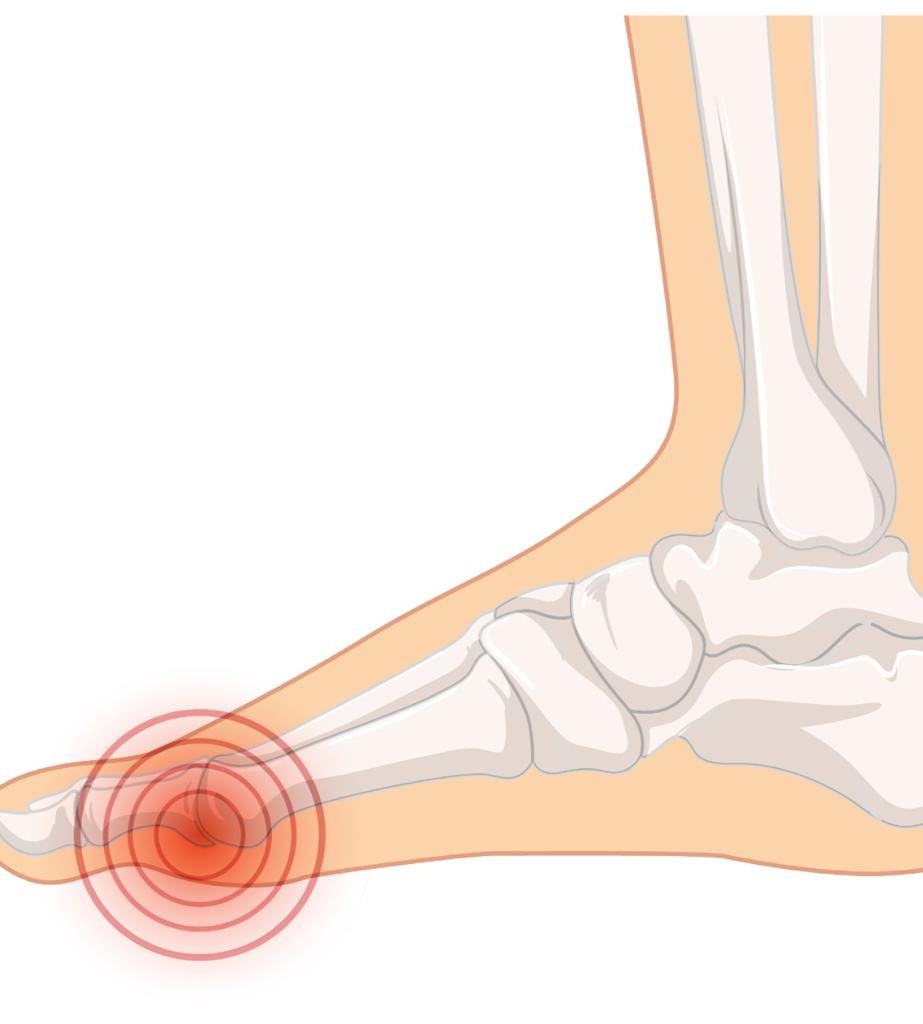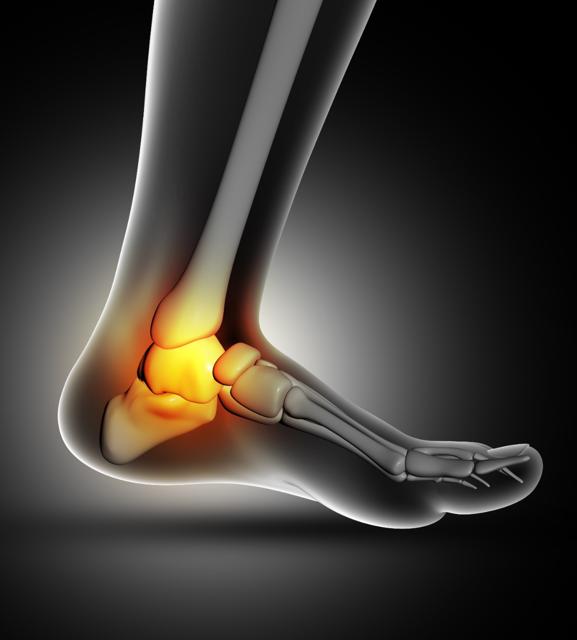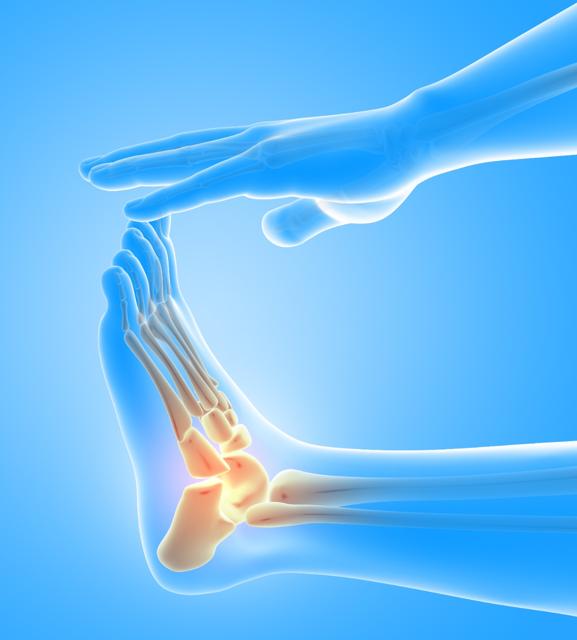

Onus Robotic Hospitals is dedicated to providing specialized care for foot and ankle injuries and conditions. Our team of experienced orthopedic surgeons and physical therapists use the latest techniques and modalities to treat a wide range of foot and ankle disorders. Our treatments include both non-surgical and surgical options and are tailored to the individual needs of each patient. We strive to ensure that each patient receives the highest quality of care and treatment possible. Our goal is to help you get back on your feet and feel your best.
During a physical, your doctor will examine your ankle, foot and lower leg. The doctor will touch the skin around the injury to check for points of tenderness and move your foot to check the range of motion and to understand what positions cause discomfort or pain.
If the injury is severe, your doctor may recommend one or more of the following imaging scans to rule out a broken bone or to evaluate in more detail the extent of ligament damage:
. X-ray:- During an X-ray, a small amount of radiation passes through your body to produce images of the bones of the ankle. This test is good for ruling out bone fractures.
. Magnetic resonance imaging (MRI):- MRIs use radio waves and a strong magnetic field to produce detailed cross-sectional or 3-D images of soft internal structures of the ankle, including ligaments.
. CT scan:- CT scans can reveal more detail about the bones of the joint. CT scans take X-rays from many different angles and combine them to make cross-sectional or 3-D images.
. Ultrasound:- An ultrasound uses sound waves to produce real-time images. These images may help your doctor judge the condition of a ligament or tendon when the foot is in different positions.
Treatment for a sprained ankle depends on the severity of your injury. The treatment goals are to reduce pain and swelling, promote healing of the ligament, and restore function of the ankle. For severe injuries, you may be referred to a specialist in musculoskeletal injuries, such as an orthopedic surgeon or a physician specializing in physical medicine and rehabilitation.
For self-care of an ankle sprain, use the R.I.C.E. approach for the first two or three days:
. Rest:- Avoid activities that cause pain, swelling or discomfort.
. Ice:- Use an ice pack or ice slush bath immediately for 15 to 20 minutes and repeat every two to three hours while you're awake. If you have vascular disease, diabetes or decreased sensation, talk with your octor before applying ice.
. Compression:- To help stop swelling, compress the ankle with an elastic bandage until the swelling stops. Don't hinder circulation by wrapping too tightly. Begin wrapping at the end farthest from your heart.
. Elevation:- To reduce swelling, elevate your ankle above the level of your heart, especially at night. Gravity helps reduce swelling by draining excess fluid.
In most cases, over-the-counter pain relievers — such as ibuprofen (Advil, Motrin IB, others) or naproxen sodium (Aleve, others) or acetaminophen (Tylenol, others) — are enough to manage the pain of a sprained ankle.
Because walking with a sprained ankle might be painful, you may need to use crutches until the pain subsides. Depending on the severity of the sprain, your doctor may recommend an elastic bandage, sports tape or an ankle support brace to stabilize the ankle. In the case of a severe sprain, a cast or walking boot may be necessary to immobilize the ankle while it heals.
Once the swelling and pain is lessened enough to resume movement, your doctor will ask you to begin a series of exercises to restore your ankle's range of motion, strength, flexibility and stability. Your doctor or a physical therapist will explain the appropriate method and progression of exercises.
Balance and stability training is especially important to retrain the ankle muscles to work together to support the joint and to help prevent recurrent sprains. These exercises may involve various degrees of balance challenge, such as standing on one leg.
If you sprained your ankle while exercising or participating in a sport, talk to your doctor about when you can resume your activity. Your doctor or physical therapist may want you to perform particular activity and movement tests to determine how well your ankle functions for the sports you play.
In rare cases, surgery is performed when the injury doesn't heal or the ankle remains unstable after a long period of physical therapy and rehabilitative exercise. Surgery may be performed to:
. Repair a ligament that won't heal
. Reconstruct a ligament with tissue from a nearby ligament or tendon

